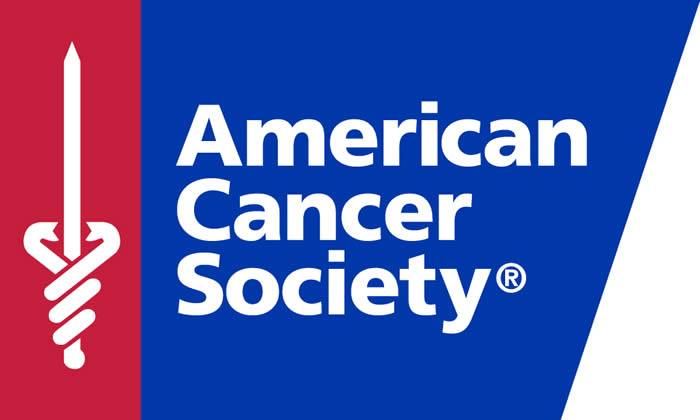A New Treatment For Breast Cancer That Makes A Difference
A Blast From The Past Meets A Drug From The Present To Create A Vision Of The F…
By Dr. Len
This is the stuff of science fiction, a dream, something you could envision but were skeptical it could be done. But now it has been done, and raises the question of whether we are headed "back to the future" in the treatment of cancer.
The drug in question here is called T-DM1. It is an "antibody drug conjugate" between trastuzumab--which is a monoclonal antibody drug commonly used today to treat selected women with aggressive breast cancer--bound to a derivative of another more traditional cancer chemotherapy drug called maytansine.
Maytansine was a cancer chemotherapy drug evaluated in the 1970's and found to be effective in treating breast cancer, but its side effects were so severe that it could not be used clinically. As a result, it became a laboratory curiosity, banned from patient care.
Trastuzumab is one of the really positive stories of the modern targeted therapy era. It is an antibody drug that has effectively treated women with advanced breast cancer that is positive for HER2, which results in a protein "key" being formed on the surface of certain breast cancer cells. Trastuzumab attaches to that key and aborts the internal processes of the HER2 positive breast cancer cells. About 30% of women with breast cancer are HER2 positive, and those women tend to be younger and have more aggressive forms of the disease. Not only does trastuzumab help treat advanced breast cancer in these women, it has had a remarkable impact on reducing recurrences after primary treatment when used as part of adjuvant therapy in HER2 positive breast cancer.
But there are serious side effects from the drug combinations that are used with trastuzumab in these circumstances. And then there are the limited treatment options availalable once the HER2 breast cancer recurs, which happens all too frequently.
Fast forward, and the chemistry wizards found a way to bind the trastuzumab to the maytansine derivative. The theory was that the trastuzumab could hone in on the breast cancer cells with the HER 2 receptor, and that the attached chemotherapy drug could find its way into the cancer cell where it could do its damage. And because the delivery of this antibody-drug conjugate was so specific to the breast cancer cells that have this HER2 receptor on their surfaces, a lot of the adverse effects previously seen in using both drugs might be reduced. Think of a cargo rocket making a delivery to the space station, then docking with the space station, and moving the cargo into the space station.
Sounds simple, but it's not.
First you need something that is going to get the package to the cancer cell. Then you have to figure out how to link that delivery drug to another drug, without destroying the unique characteristics of the two drugs in the process. Then you have to figure out if this thing will get past the rest of the cells in the body so the packet doesn't go AWOL and hit some other bystander cell, where it could do damage but not do anything good. Then if the packet actually gets to the cancer cell, will the linkage break and will the strong chemotherapy part of the packet make it inside the cell. Then when the chemotherapy gets inside the cell, will it work????
Read More Here.

